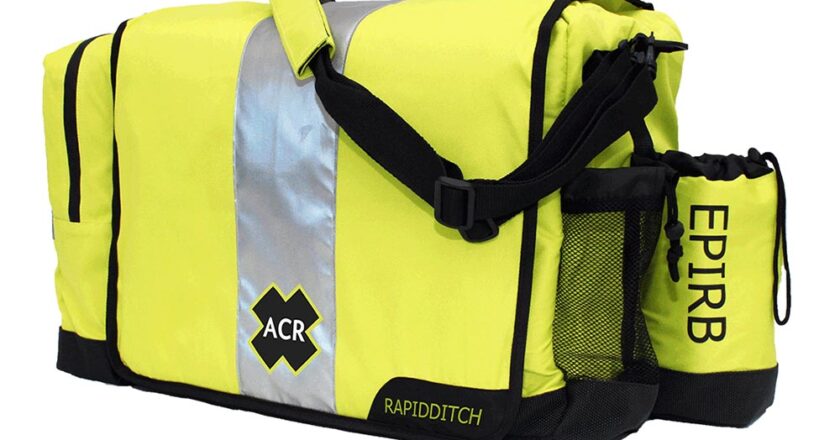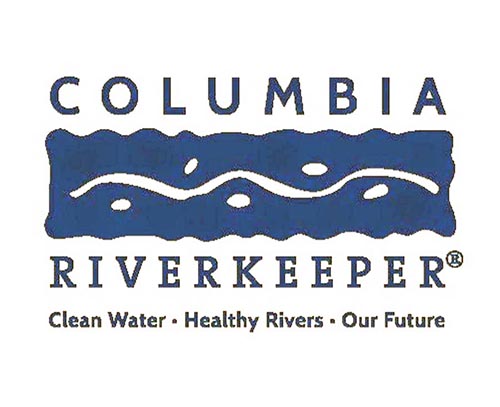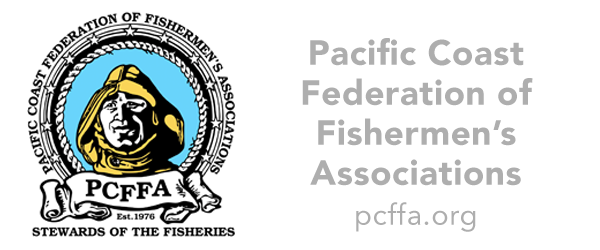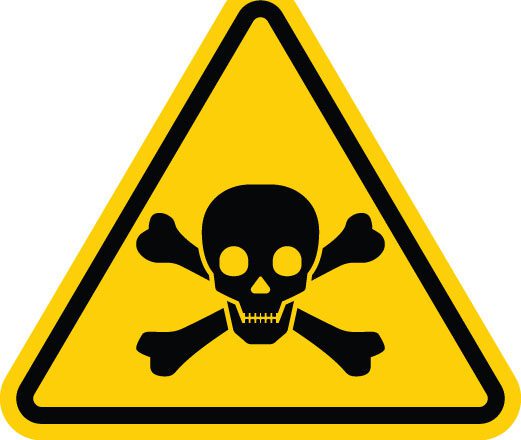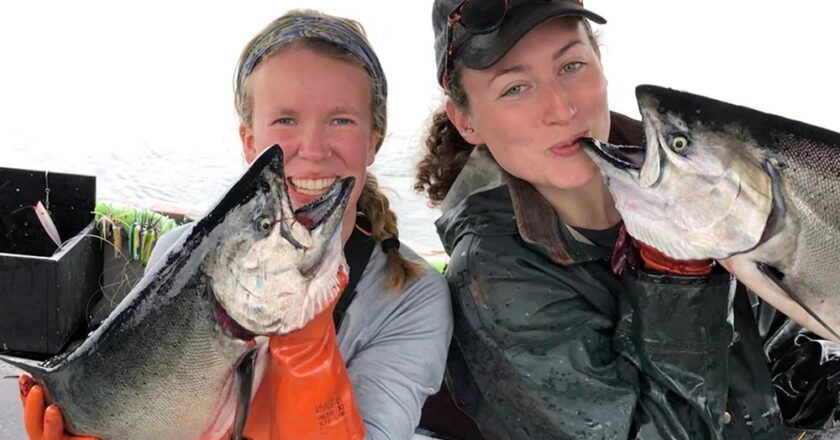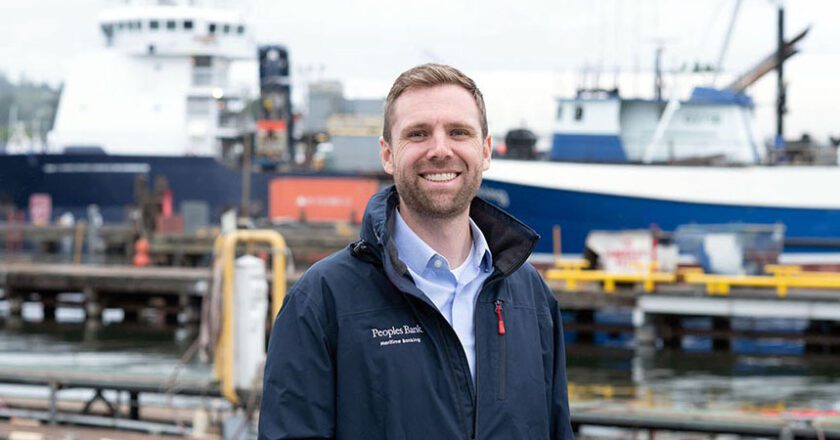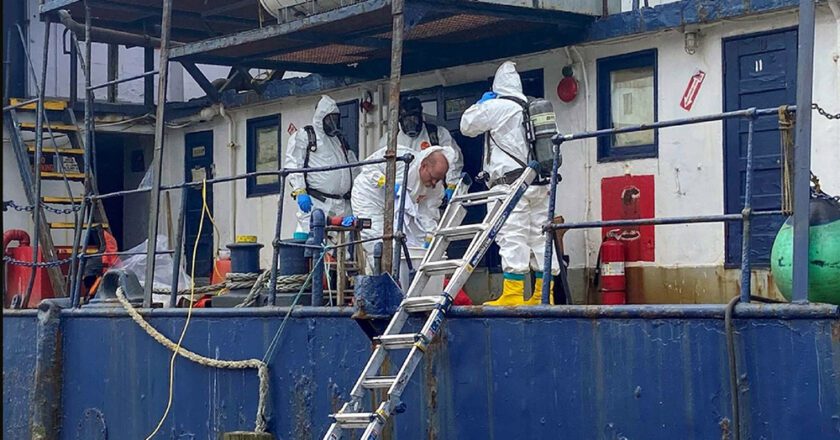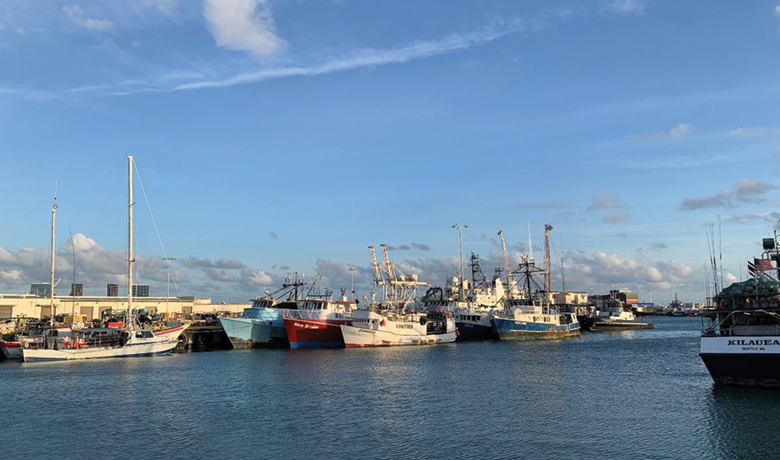Safety Gear & Technology 2023: ‘A Tectonic Shift’
Many times when the annual Fishermen’s News safety gear and technology articles are written, the updates usually concern incremental updates to various pieces of gear used on or near commercial fishing vessels.
But in this instance, our article delves into some momentous happenings in the safety gear industry brought on by new international regulations.
As of July 2022, any Emergency Position Indicating Radio Beacon, or EPIRB, newly installed on a commercial vessel must have an internal Automatic Identification System (AIS) tracking system used for collision avoidance on sea and monitoring of maritime traffic.
New EPIRBs are required to have an internal AIS locating signal and an internal Global Navigation Satellite System (GNSS) receiver, along with 406 MHz and 121.5 MHz transmitters...

